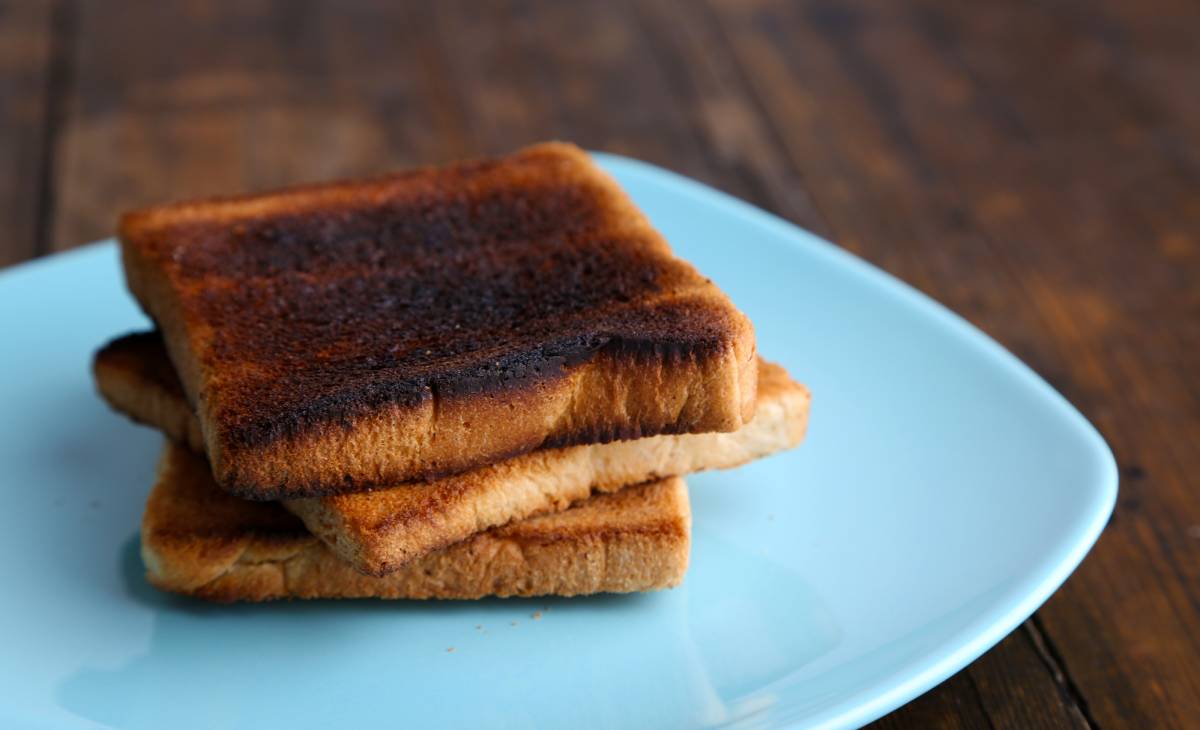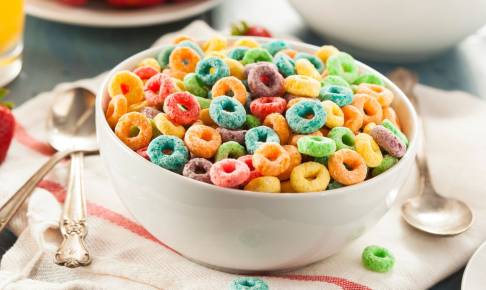Acrylamide: the EU is preparing to set limits
The European legislation regarding the presence of acrylamide in food is set to be renewed in 2023.
This happens about twenty years after the first studies that showed how dangerous this substance is to human health.
Acrylamide is formed in many foods (such as biscuits, bread, and chips) when the cooking temperature exceeds 120 °C due to the reaction that takes place between sugars and amino acids.
Acrylamide was defined by the WHO International Agency for Research on Cancer (IARC) as a probable carcinogen as early as 1994 (class 2A) and, according to more recent studies, it could also damage nerve fibers and increase the risk of neurodegenerative diseases. However, the data is still quite confusing, as emerged in a very recent meta-analysis published in Frontiers in Nutrition in 2022 and related to 31 studies involving over one million people.
Until now, companies had to do everything possible to lower the levels and align themselves with the reference values defined in 2018 (i.e. the ALARA principle, As Low As Reasonably Achievable, was applied). However, till now, if any company went overboard, there were no consequences, therefore, we could find everything on the market.
According to the tests carried out in recent years, acrylamide concentrations varied from 50 to 7 000 ppb, depending on the recipes, cooking conditions, and the type of flour used. With the upcoming changes, this variability will have to be reduced, as a maximum allowed level will be defined and the optimal reference values that companies should undertake to achieve will probably be reduced. In the case of breaching the limits, penalties and other measures will be charged.
With the new rules, new food categories will be probably considered, such as cocoa powder, potato dishes, vegetable chips, and more. This is the natural consequence related to the enlargement decided in November 2019 of the monitoring of acrylamide concentrations in many types of bakery products (e.g. tortillas, pancakes, croissants, donuts, various types of bread, and also, by extension, hamburgers, and sandwiches, as they contain cooked starch products).
Sources:
https://www.frontiersin.org/articles/10.3389/fnut.2022.875607/full






















